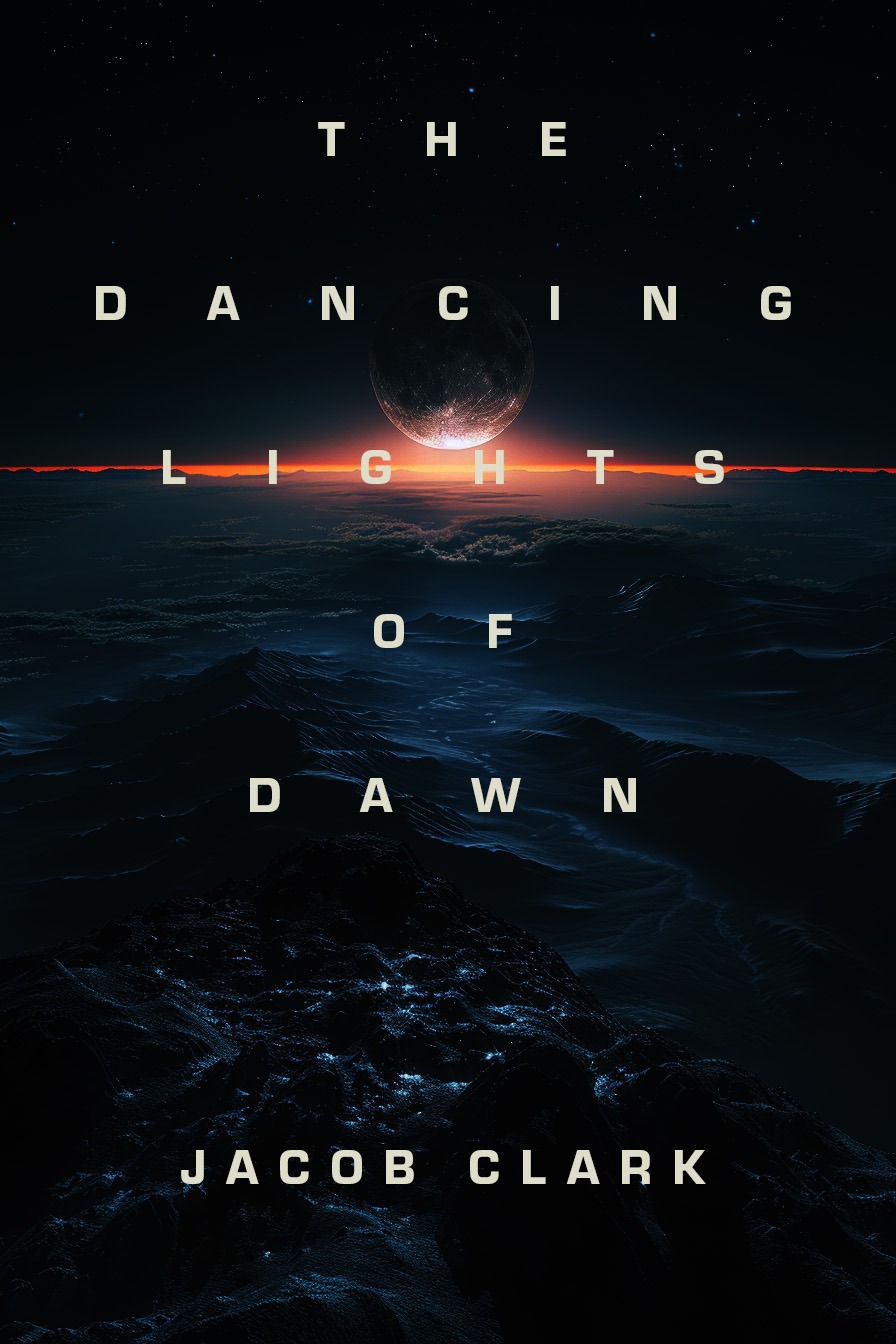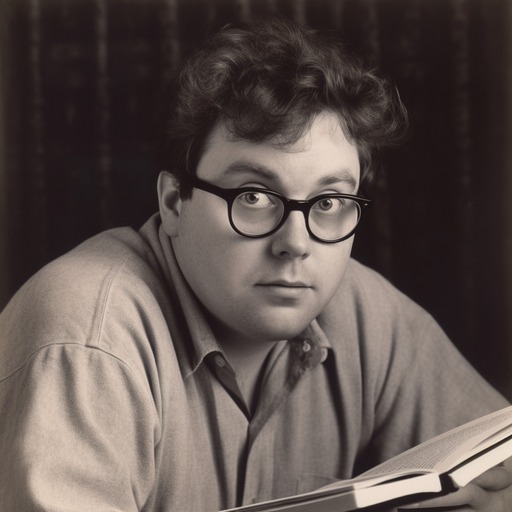La ambientación en Dawn Harbor es preciosa: ese borde de penumbra donde los trenes parasol crujen y el cielo nunca se decide. Me gustó la mezcla de ingeniería y lenguaje, especialmente cuando Mara y Theo convierten los colores de los Dancers en patrones legibles con la baliza Myriad.
Sin embargo, el Combinado Helion es un villano un poco simple, y algunas partes del medio se alargan. Aun así, el momento en que alinean la baliza con la línea de amanecer y el planeta responde vale la lectura.

